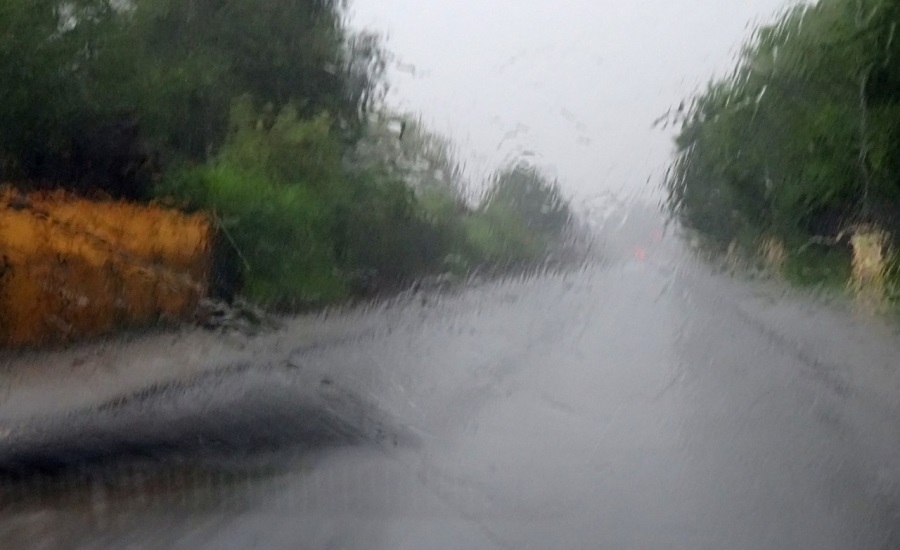Monsoons swing into full force during the summer months. While they may be exciting to watch, their high winds and torrential rainfall can cause severe damage to homes and businesses.
Below are several things for restoration contractors to look out for following a heavy rain, such as roof or awning damage, water and mold damage, as well as clogged drainage systems outside the property.
Roof and Awning Damage
With high winds and heavy rainfall, roof damage is very common following a monsoon. If roof damage is not immediately addressed, it can result in interior damage during the next rainfall. Obvious signs of roof damage are broken shingles or roof tiles that have blown onto the ground or appear to have shifted out of place. Noticing these issues and correcting them immediately after they happen can prevent water damage and other potential damage from happening inside the property during a future rainstorm.
Technicians should also inspect metal awnings following a storm. If there is damage to an awning, even if it’s minor, it is recommended that a licensed contractor inspect the roof and awning. A minor repair now may prevent major repairs from another monsoon in the future.
Water Damage
Water or flood damage isn’t always apparent following a monsoon. Typical places to find water damage following a monsoon are in ceilings and around the exterior walls of the home or business. If there is roof damage, there is a possibility that water will enter in through the damaged areas of the roof and leak into the insulation and drywall in the ceiling system. Usually, there will be staining or sagging of the drywall to indicate where such damage may be. If there is pooling of water along an exterior wall of the home or business, water may work its way into the interior of the home and cause damage to the framing, insulation, drywall, or other parts of the wall systems. Damage on the base of the exterior walls may not be noticeable. Indicators of water damage on the base of most walls will result in cracked or swollen baseboards or discoloration in the drywall.
Another indicator of water damage is a musty odor. If there are high levels of saturation, there will also be higher humidity levels in the area where water may be sitting stagnant in the structure. If water damage is a possibility, it is very important that the areas in question are inspected by a technician or industrial hygienist to properly prevent or treat damage from flooding.
Clogged Storm Drains or Gutters
The drainage system for the property may have worked wonderfully during the last monsoon storm; however, there may now be debris that collected during the storm that needs to be cleared. During a storm, the rainwater will carry leaves, dirt, and other debris, which will collect in the drains. Many technicians may not realize this is happening because the water seems to be draining just fine, but when the next storm hits, they realize there is an issue when the drains aren’t functioning and water is now collecting where is shouldn’t.
Typical areas to check for such debris would be in the rain gutters along the home or business, as well as any storm drains, including the drains at the bottom of window wells in homes with basements. A common cause of flooding is clogged drains in window wells. When the monsoon hits and the water has nowhere to go, it almost always flows back into the basement causing significant property damage. Make sure that the drainage systems on the property are clear and ready to take on the next rainstorm.


